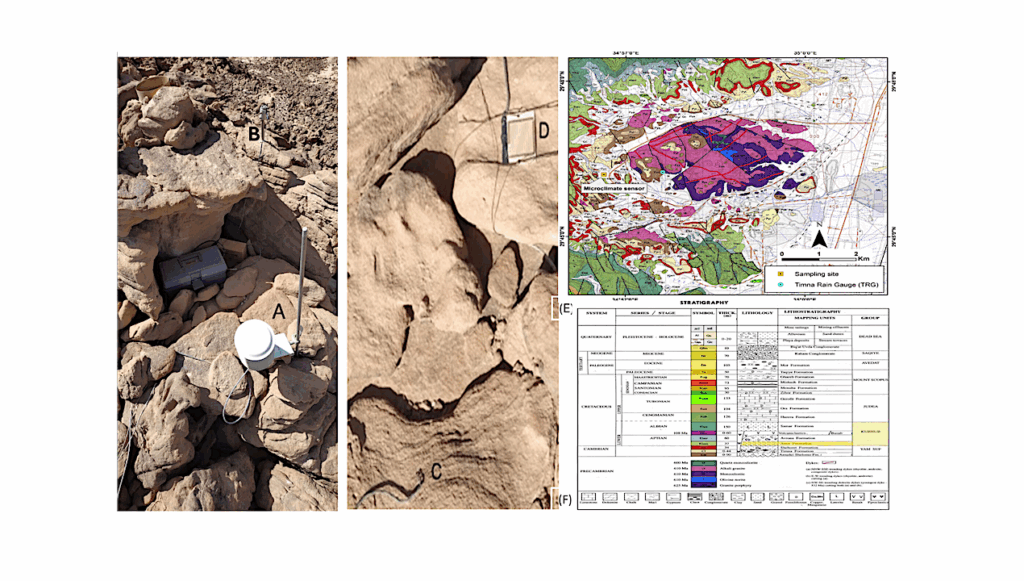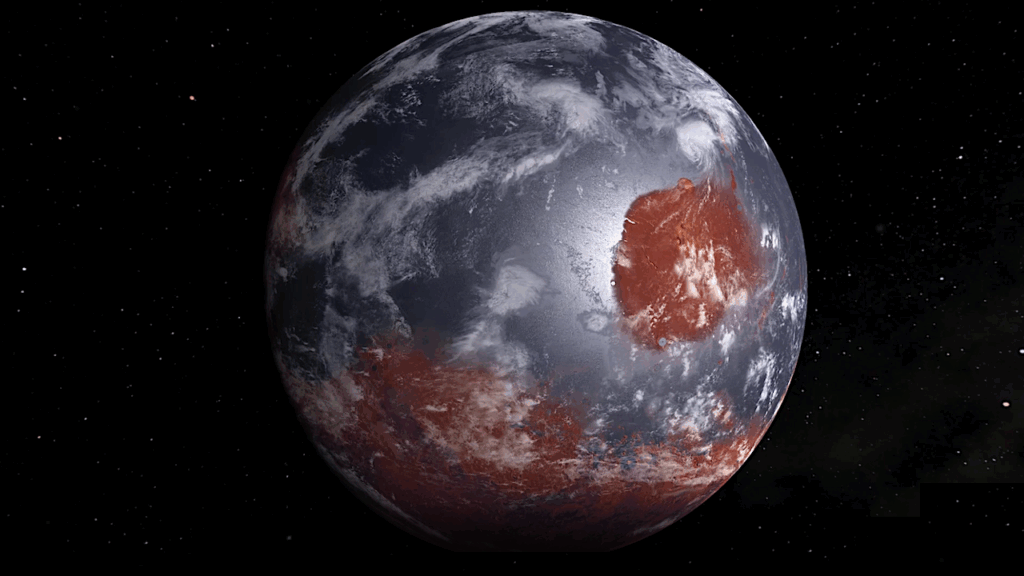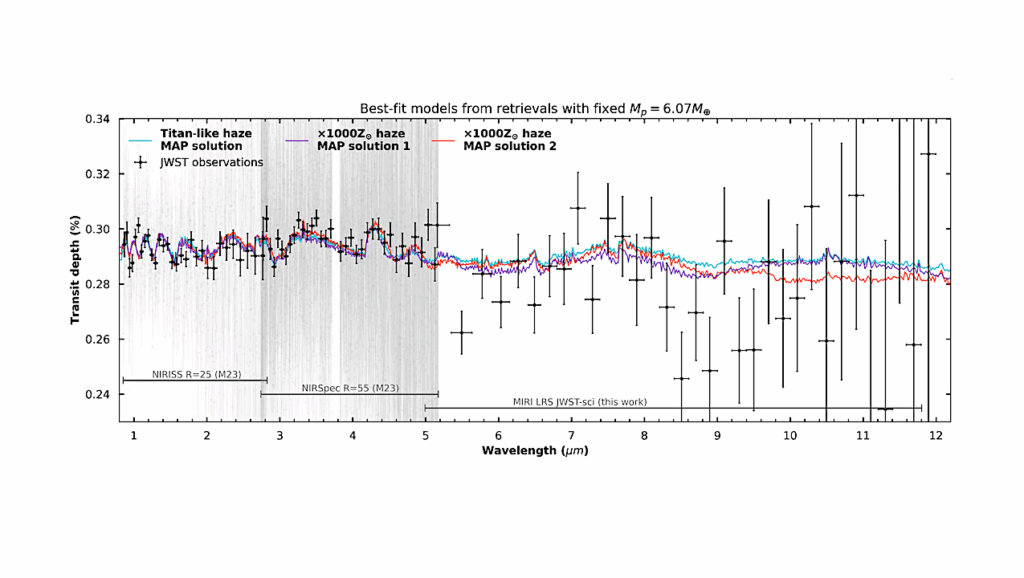A Revised, Hazy Methane Greenhouse for the Archean Earth
Geological and biological evidence suggests that Earth was warm during most of its early history, despite the fainter young Sun. Upper bounds on the atmospheric CO2 concentration in the Late Archean/Paleoproterozoic (2.82.2 Ga) from paleosol data suggest that additional greenhouse gases must have been present.
Methanogenic bacteria, which were arguably extant at that time, may have contributed to a high concentration of atmospheric CH4, and previous calculations had indicated that a CH4-CO2-H2O greenhouse could have produced warm Late Archean surface temperatures while still satisfying the paleosol constraints on pCO2. Here, we revisit this conclusion. Correction of an error in the CH4 absorption coefficients, combined with the predicted early onset of climatically cooling organic haze, suggest that the amount of greenhouse warming by CH4 was more limited and that pCO2 must therefore have been 0.03 bar, at or above the upper bound of the value obtained from paleosols.
Enough warming from CH4 remained in the Archean, however, to explain why Earth’s climate cooled and became glacial when atmospheric O2 levels rose in the Paleoproterozoic. Our new model also shows that greenhouse warming by higher hydrocarbon gases, especially ethane (C2H6), may have helped to keep the Late Archean Earth warm.
Astrobiology. December 2008, 8(6): 1127-1137.
http://www.liebertonline.com/doi/pdfplus/10.1089/ast.2007.0197








